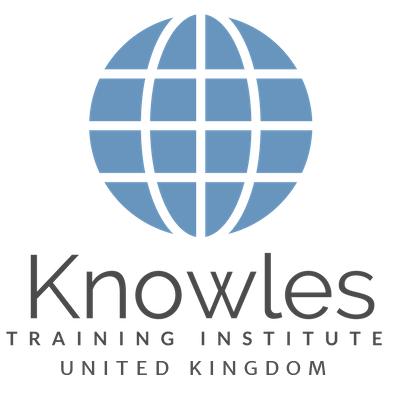Skip to content
LinkingIntern1bksiuevej76kHhK2023-07-18T11:25:59+08:00
Linking
Linking for Optimal Memory: Harnessing the Power of Information Connections
- Relational Learning: Linking information involves the process of relational learning. By establishing connections and associations between related concepts, individuals create a cognitive framework that enhances memory encoding and retrieval.
- Cognitive Weaving: Linking information through cognitive weaving techniques enhances memory integration. By interconnecting related ideas and concepts, individuals create a rich fabric of knowledge that facilitates recall.
- Conceptual Clustering: Linking information through conceptual clustering aids in memory organization. By grouping related concepts into clusters, individuals create a mental structure that supports efficient retrieval and retention.
- Intuitive Linking: Linking information through intuitive associations taps into the power of intuition. By trusting the subconscious mind to make connections, individuals strengthen memory traces and improve recall.
- Linking through Analogical Reasoning: Linking information through analogical reasoning enhances memory by leveraging similarities between different domains. By drawing parallels and finding commonalities, individuals create memorable associations that aid in recall.
- Linking in Context: Linking information within a specific context enhances memory consolidation. By connecting concepts to their relevant context, individuals create meaningful associations that improve retrieval.
- Dynamic Linking: Linking information dynamically involves making flexible connections between concepts. By adapting the linking process to the specific learning context, individuals optimize memory encoding and retrieval.
- Social Connection: Linking information through social connections strengthens memory retention. By engaging in collaborative discussions or sharing knowledge with others, individuals create social bonds that enhance memory recall.
- Linking through Visualization: Linking information through visualization techniques aids in memory encoding and retrieval. By creating mental images or using visual aids, individuals create vivid associations that improve recall.
- Reflective Linking: Linking information through reflective practices promotes metacognition and deep learning. By regularly reflecting on the connections between concepts, individuals enhance their understanding and retention of the linked information.
Page load link


